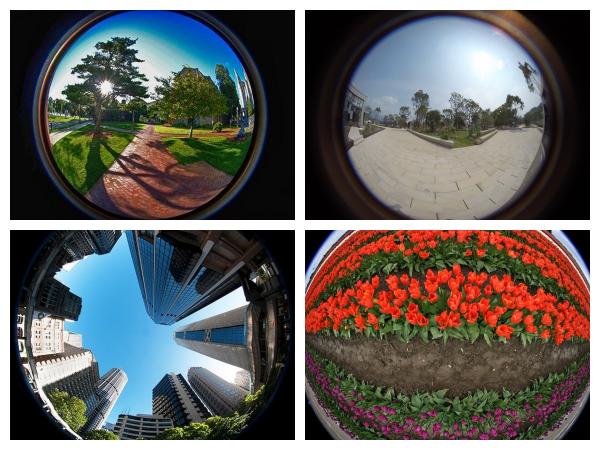To judge whether the imaging quality of an optical lens is good, some testing standards are needed, such as testing the focal length, field of view, resolution, etc. of the lens. These are all conventional indicators. There are also some key indicators, such as MTF, distortion, etc.
1.MTF
MTF, or optical modulation transfer function, can quantify aspects of an image, such as details, contrast, and clarity. It is one of the indicators for comprehensively evaluating the imaging quality of a lens.
In the MTF two-dimensional coordinate curve, the Y axis is usually the value (0~1), and the X axis is the spatial frequency (lp/mm), that is, the number of “line pairs”. Low frequency is used to evaluate the contrast of the image after imaging, and high frequency is used to examine the clarity and resolution of the lens, that is, the ability to distinguish details.
For example, for photographic lenses, 10lp/mm is usually used to examine the contrast effect, and the MTF value is generally higher than 0.7 to be considered good; high frequency examines 30lp/mm, usually greater than 0.5 in the half field of view, and greater than 0.3 at the edge of the field of view.
MTF testing
For some optical instruments or industrial lenses, they have higher requirements for high frequency, so how do we calculate the high frequency we want to examine? In fact, it is very simple: frequency = 1000/(2×sensor pixel size)
If the sensor pixel size you are using is 5um, then the high frequency of MTF should be examined at 100lp/mm. When the measured value of MTF is higher than 0.3, it is a relatively good lens.
2.Distortion
MTF cannot reflect the aberration of distortion, so distortion is listed separately. Distortion, or deformation, can be divided into pincushion distortion and barrel distortion.
Distortion is related to the field of view. The larger the field of view, the greater the distortion. For conventional camera lenses and surveillance lenses, distortion within 3% is acceptable; for wide-angle lenses, distortion can be between 10% and 20%; for fisheye lenses, distortion can be 50% to 100%.
Distortion effect of fisheye lens
So, how do you determine how much lens distortion you want to control?
First, you need to determine what your lens is used for. For example, if it is used in photography or monitoring, then lens distortion within 3% is allowed. But if your lens is used for measurement, then the distortion should be less than 1% or even lower. Of course, this also depends on the system error allowed by your measurement system.
Final Thoughts:
By working with professionals at ChuangAn, both design and manufacturing are handled by highly skilled engineers. As part of the purchasing process, a company representative can explain in more detail specific information about the type of lens you wish to purchase. ChuangAn’s series of lens products are used in a wide range of applications, from surveillance, scanning, drones, cars to smart homes, etc. ChuangAn has various types of finished lenses, which can also be modified or customized according to your needs. Contact us as soon as possible.
Post time: Apr-08-2025





